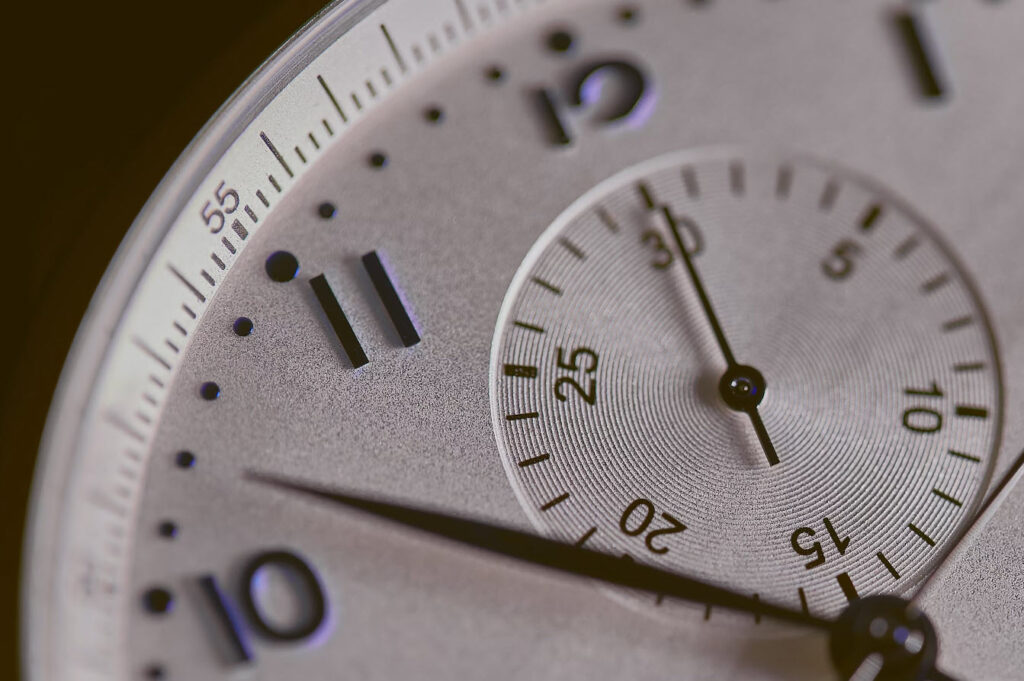
When it comes to determining the value of a timepiece, several factors come into play. From the brand and model of the watch to its overall condition and rarity, these elements can significantly influence the price a buyer is willing to pay. In this article, we will delve into eight key factors that affect a watch’s value, providing valuable insight for those looking to buy, sell, or simply appreciate their wristwatches.
1. Brand and Model
The brand and model of a watch play a significant role in determining its value. Luxury brands such as Rolex, Patek Philippe, and Audemars Piguet hold their value well, as their reputation for quality and craftsmanship has been established over many years. A Rolex Submariner, for example, is highly sought after by collectors and watch enthusiasts due to its iconic design and place in horological history.
Other brands, however, may not hold their value as well, even if they produce high-quality timepieces. This is often due to fluctuations in the market or changes in consumer preferences. Therefore, it’s essential to research the specific brand and model of a watch to understand its potential value.
2. Overall Condition
The overall condition of a watch significantly impacts its value. A timepiece in pristine condition, with no scratches or signs of wear, will generally fetch a higher price than a similar model with visible signs of wear and tear. Collectors and enthusiasts often look for watches that have been well-maintained, as they are more likely to retain their value over time.
It’s important to note that “mint” or “like new” condition doesn’t necessarily mean the watch has never been worn or used. Instead, it indicates that the watch has been cared for and maintained to a high standard, with minimal signs of use.
3. Rarity and Exclusivity
Rare and limited edition watches can command a premium price due to their scarcity and exclusivity. In some cases, the rarity of a watch may be due to a limited production run, while in others, it could be the result of a unique design or feature. Watches with historical significance, such as those owned by celebrities or prominent figures, can also fetch a higher value due to their unique provenance.
4. Age and Vintage Status
The age of a watch can also play a role in determining its value. Vintage watches, typically classified as those over 25 years old, often hold a certain appeal for collectors and enthusiasts. These timepieces often feature unique designs and craftsmanship that are no longer found in modern watches, making them highly desirable.
However, not all vintage watches are valuable. Factors such as the condition, brand, and rarity of the watch come into play when determining the worth of a vintage timepiece. Additionally, some older watches may require costly maintenance or repairs, which can affect their overall value.
5. Original Box and Papers
A watch that comes with its original box and documentation, such as warranty papers and user manuals, can increase its value. These items serve as proof of authenticity and ownership history, providing potential buyers with peace of mind when purchasing a pre-owned timepiece. Additionally, the presence of the original box, watch roll and papers can add to the overall presentation of the watch, making it more appealing to collectors.
6. Movement and Complications
The movement, or the mechanism that powers the watch, can impact its value. High-quality mechanical movements, such as those found in luxury Swiss timepieces, are often preferred by collectors and enthusiasts due to their craftsmanship and precision. Additionally, watches with complex features or complications, such as a chronograph or perpetual calendar, can command a higher price due to their increased functionality and intricacy.
7. Material and Craftsmanship
The materials used in the construction of a watch, as well as the level of craftsmanship, can have a significant impact on its value. Watches made from precious metals, such as gold or platinum, are inherently more valuable than those made from stainless steel or other base metals. Furthermore, timepieces that feature intricate designs or handcrafted elements, such as hand-engraved cases or enamel dials, can fetch a premium price due to the skill and labor required to create them.
8. Market Trends and Demand
Lastly, market trends and consumer demand can play a role in determining a watch’s value. Like any market, the watch market is subject to fluctuations based on factors such as economic conditions, consumer preferences, and the overall popularity of certain brands or models. Keeping an eye on market trends and doing thorough research can help you better understand the potential value of a watch and make informed decisions when buying or selling.
Conclusion
Ultimately, determining the value of a watch can be a complex process that takes into account a multitude of factors. By considering the brand and model, overall condition, rarity, age, original box and papers, movement, material and craftsmanship, and market trends, you can gain a better understanding of a watch’s worth and make informed decisions when buying, selling, or simply appreciating your timepieces.
If you’re in the market for a luxury watch or looking to sell one, Reigning Jewels can help. With a vast selection of high-quality timepieces, including Rolex watches, and a team of knowledgeable experts, Reigning Jewels is the perfect destination for watch enthusiasts.
You may also like:- Why Proxy-Sale.com is the Right Choice for Your Proxy Needs
- ASPICE-Compliant Software Development: Ensuring Quality in the Automotive Industry
- Tips for Picking the Best Software Development Partner
- PAFI SUMEDANG UTARA : Making Achievements and Contributions in the Health Sector
- Reactive Dog Trainer in Denver: Preventive Approach to Reactivity
- Floki Crypto Explained: Everything You Need to Know Before Investing
- Top Key Features of Snaptik You Need To Know
- The Importance Of Having Proper Hearing Aids
- Impact of Energy Efficiency on Solar Power Systems Calculations
- Maxim Krippa bought the first gold medal of the CS: GO team







